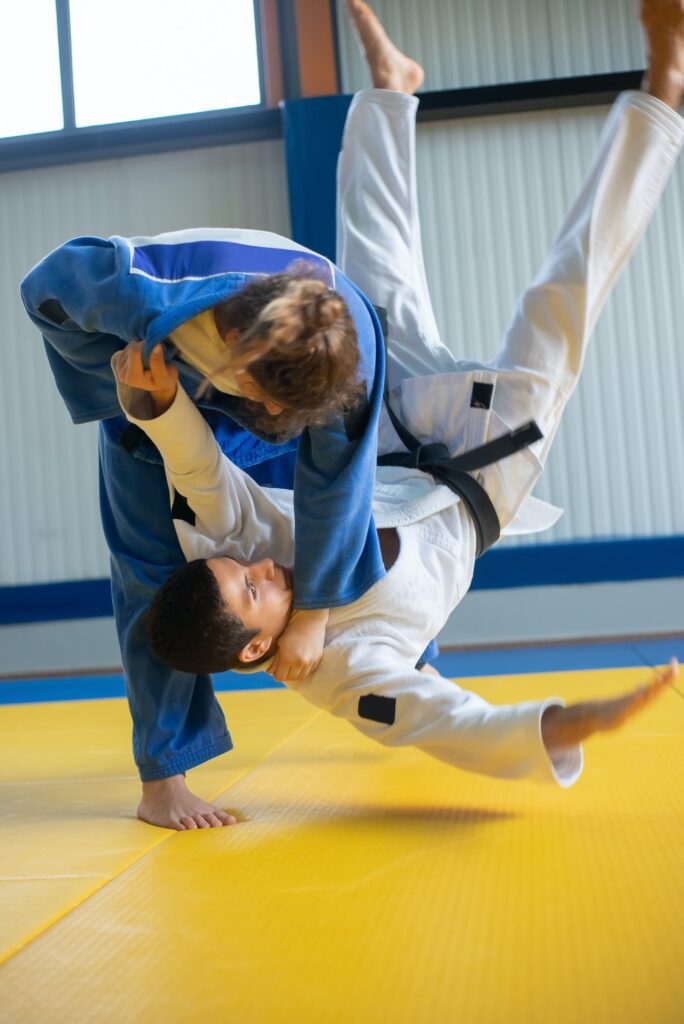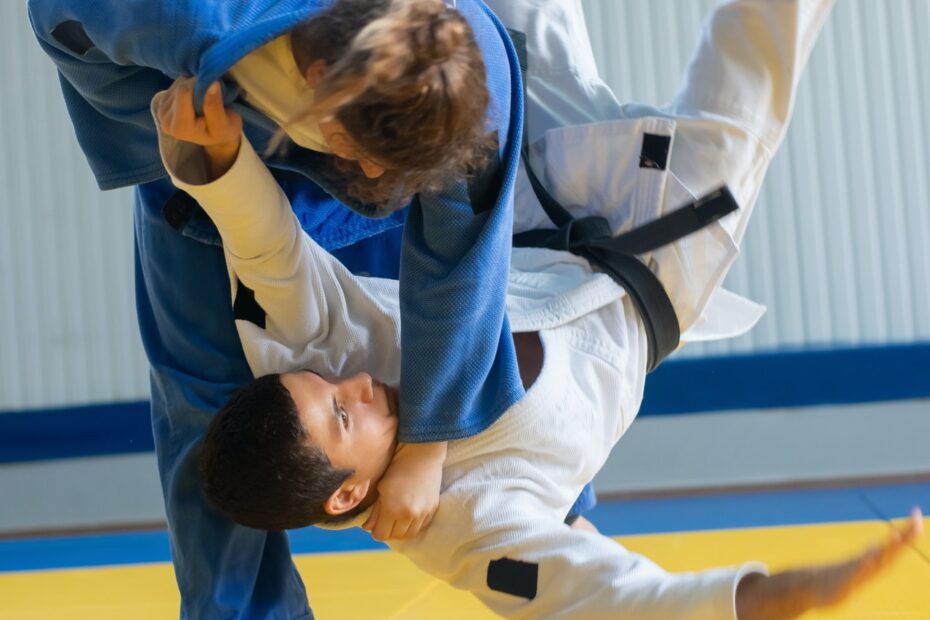Judo is one of the most popular martial arts in the world thanks to its effectiveness, health benefits, and self-defense applications. Judoka (judo practitioners) can be found all around the world from Cameroon to France to Brazil. In this Combat Athlete Gear blog post, you will learn more about the history of judo, what it is, some of its most common techniques, and applying it for self-defense.
A brief history of judo
Judo is a standup grappling art with ground fighting techniques that traces its roots all the way back to Japan. Judo, as we know it today, was founded by Kano Jigoro who started learning jujutsu as a young man to get stronger and improve his health. Kano began studying different styles of jujutsu and eventually developed judo in 1882. Kano worked throughout the course of his life to spread the art of judo and traveled around the world to share his knowledge.
Today, judo is an international sport with a place in the Olympics. Judo continues to be a martial art that helps people accomplish their goals such as physical conditioning, self-defense, and becoming a top competitor in the art.
Common judo terms
Whether you have a background in martial arts or not, being new to judo can come with a bit of a learning curve due to the terminology used. Many of the techniques taught in judo are referred to using their Japanese names. Here’s a quick list of common terms you will hear and use as you learn judo:
- Ashi Waza: Foot techniques
- Dojo: School or academy
- Dan: Black belt rank
- Randori: Free practice or sparring
- Ippon: Victory achieved in one move, one point
- Judogi: Traditional uniform
- Kata: Can be used to refer to forms or shoulder
- Kuzushi: Unbalancing your opponent
- Te Waza: Hand techniques
There are many more terms that you’ll learn throughout the course of your judo career. While Japanese may not be your first language, you can still learn the terminology through time and consistent training.
Can judo be used for self-defense?
Yes, judo can be used for self-defense. Judo teaches you how to maintain distance from an attacker, how to fight for grips, how to break grips, how to take an opponent to the ground, and how to properly fall if needed. Judo practitioners also learn basic ground fighting skills as well as pinning techniques once an opponent is on the ground.
What does judo look like in competition?
Judo is one of the most explosive sports in the world. There’s a great deal of technique and athleticism required to throw a fully-resisting human being. Below is video of judo highlights from the 2022 Paris Grand Slam to help you have a better idea of what high-level judo looks like:
How do I get better at judo?
Like all skills, judo will require consistent, deliberate practice under the guidance of an experience sensei/teacher. It’s important that you optimize your schedule to eliminate any roadblocks that can make it more difficult to train. For example, set aside time to go to bed early the night before judo class. This will help you have enough energy for training and prevent injuries.
How do I find the right judo dojo for me?

There are different factors that go into choosing the right judo gym for you. Here are some factors you need to consider:
- Location i.e. how far are you willing to drive? does the location work with your weekly schedule?
- Focus of the judo dojo i.e. self-defense or competition?
- Coaching style i.e. does the sensei demonstrate the moves? how does the sensei answer questions?
- Learning environment i.e. are the facilities clean? is hard to hear the sensei teach?
Remember that just because one judo dojo is right for your friend doesn’t mean it’s the best fit for you. Weighing the different factors of choosing the best gym for you will help you make the most informed decision possible.
Have you been studying judo? Let us know in the comments below!

Pingback: What is brazilian jiu jitsu? - Combat Athlete Gear